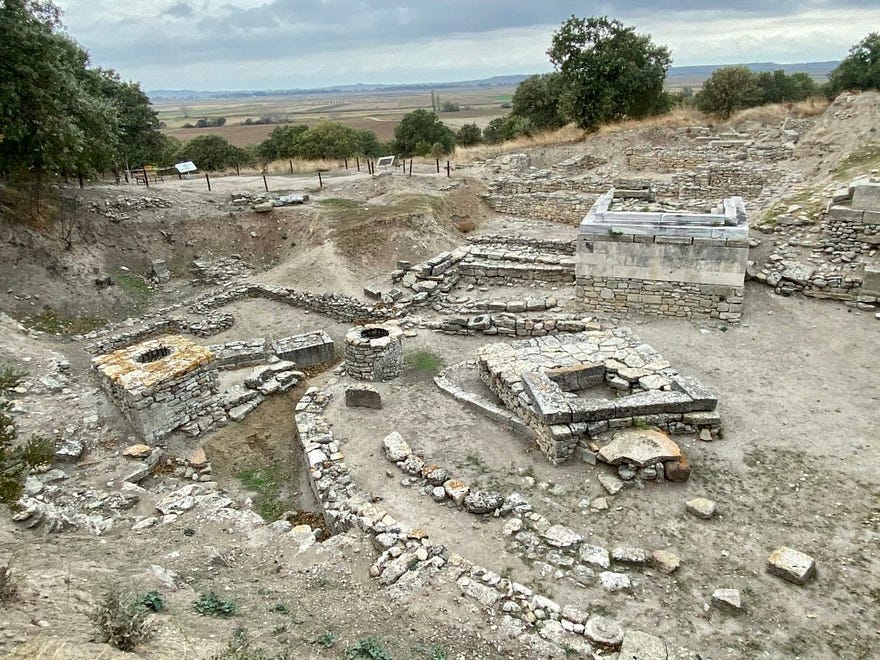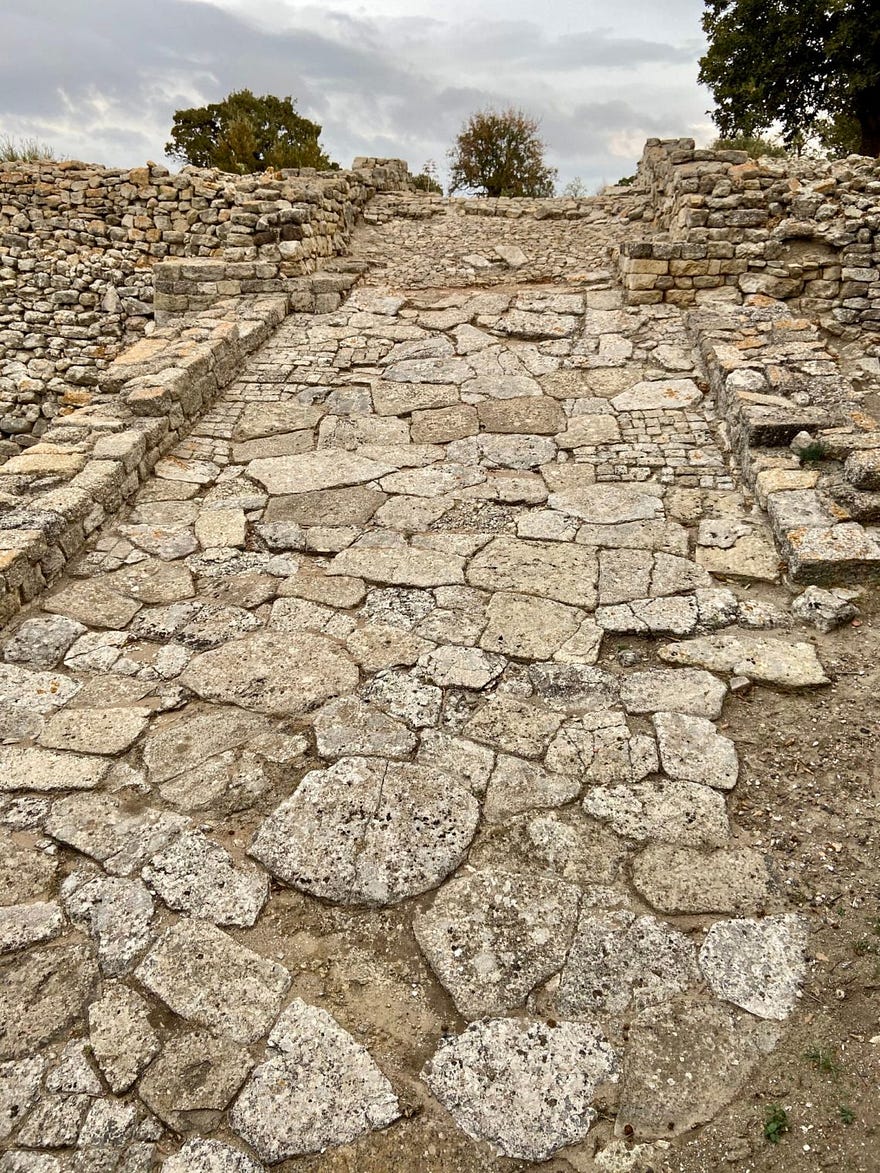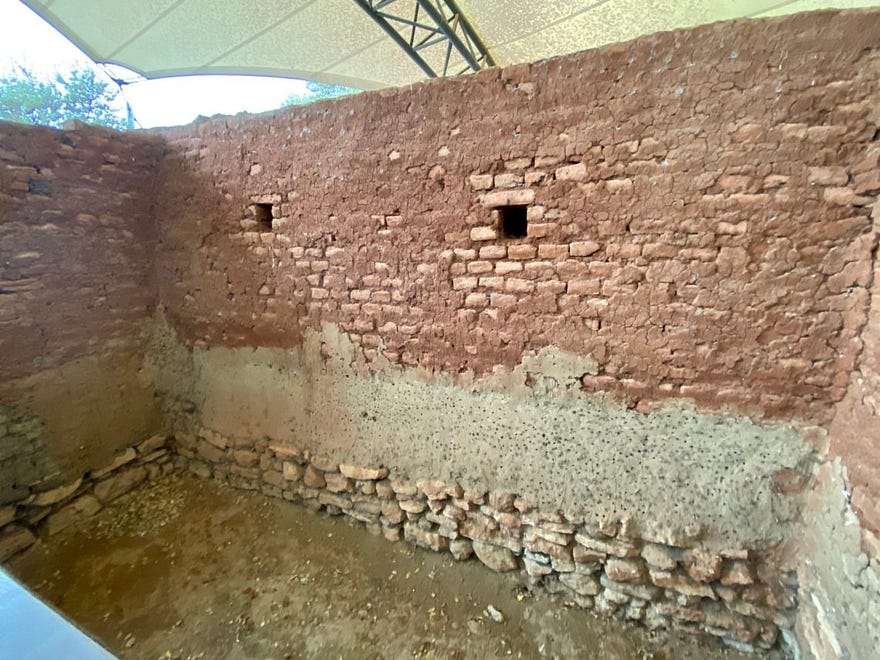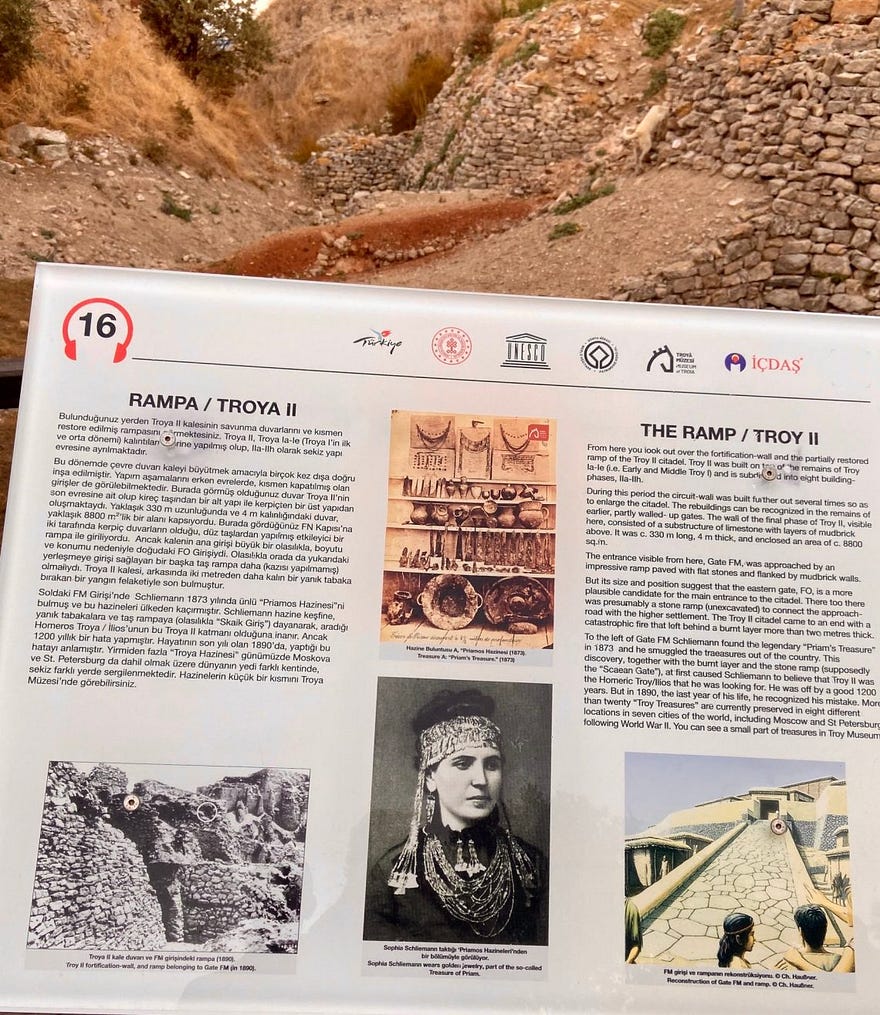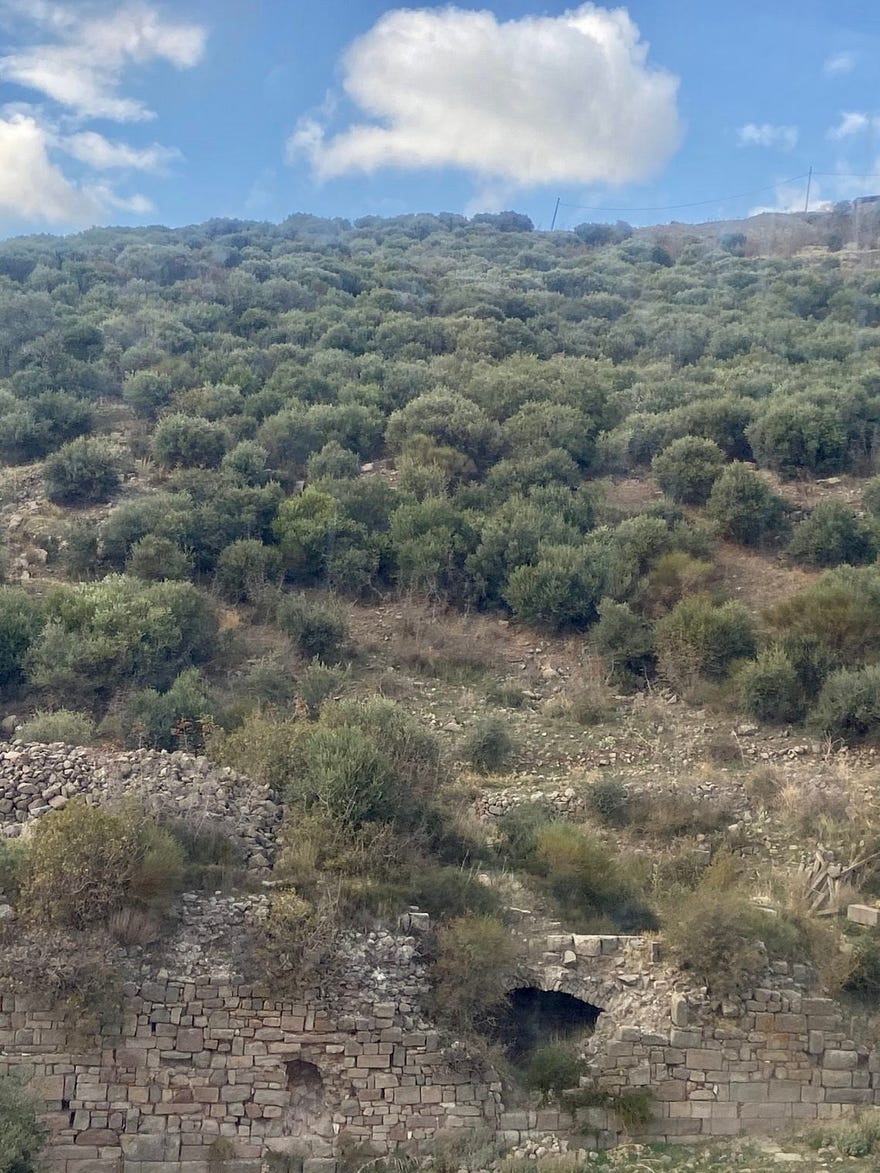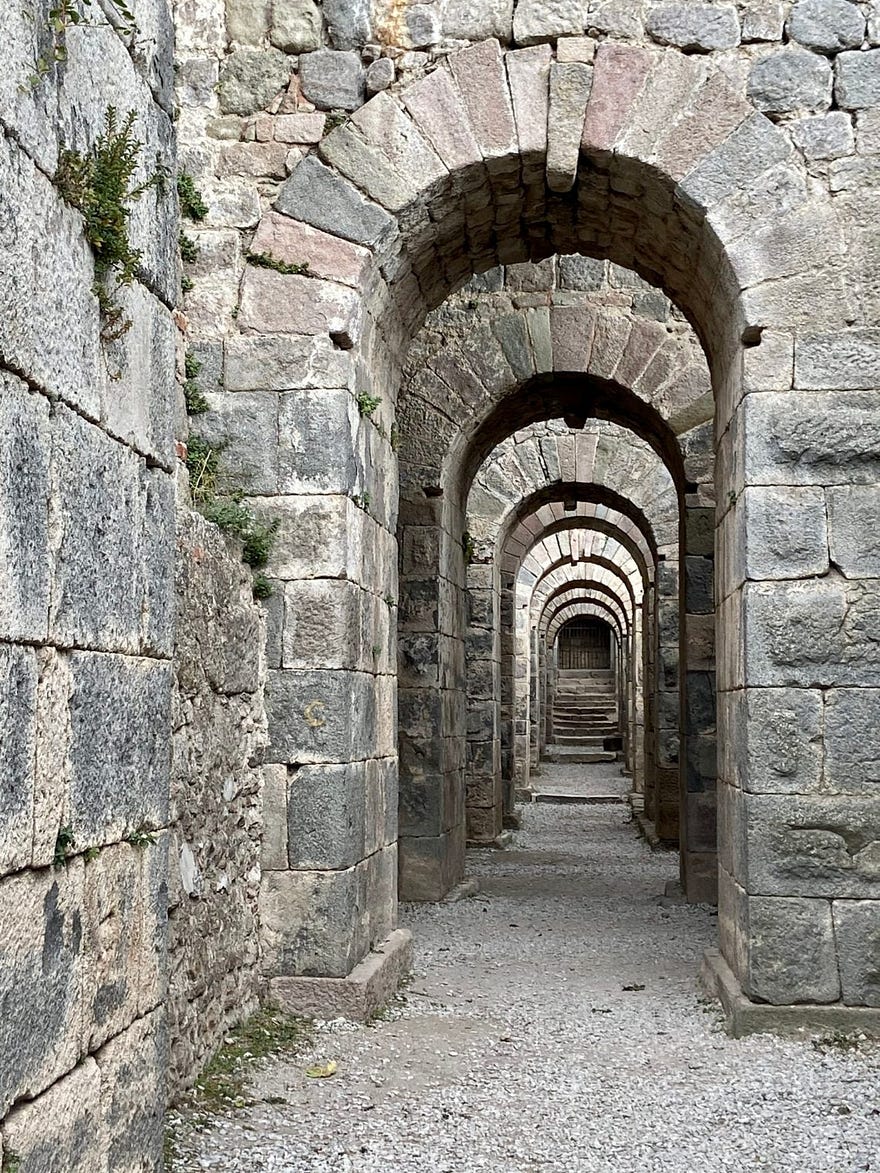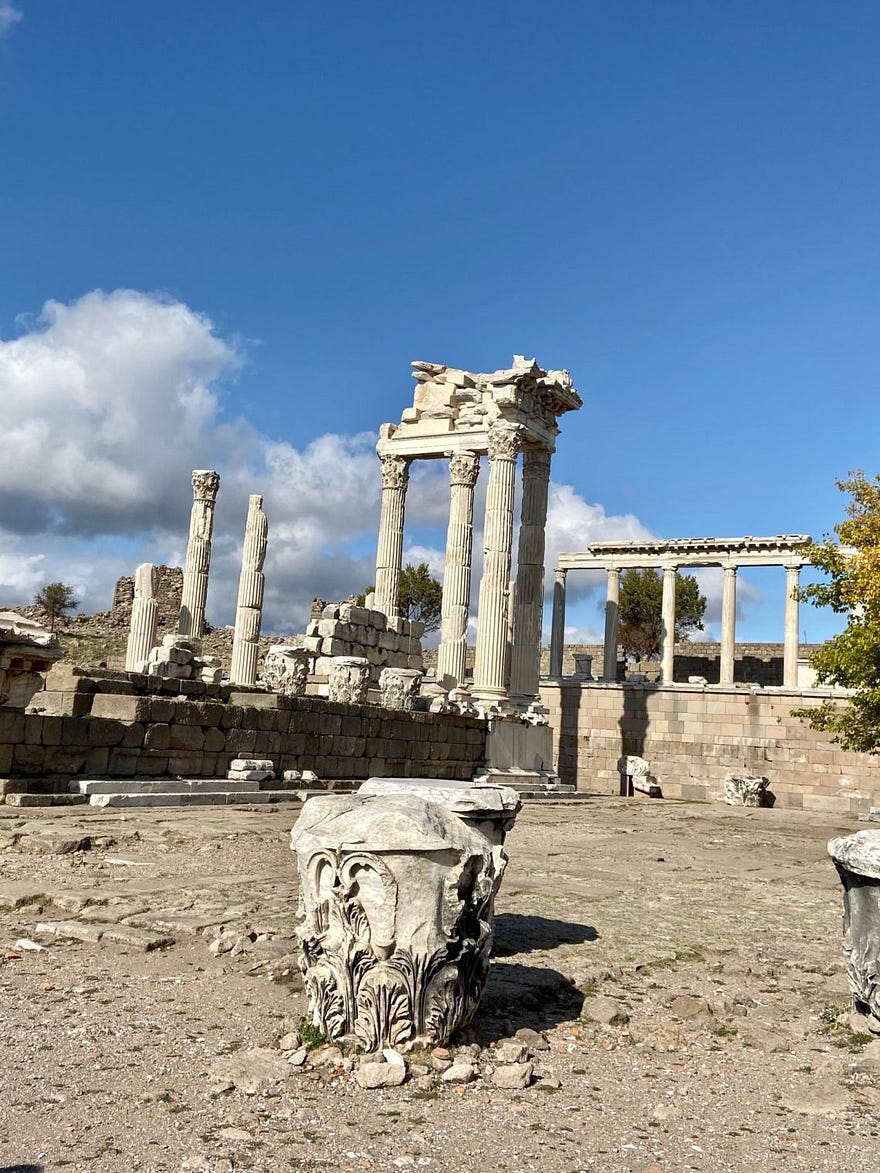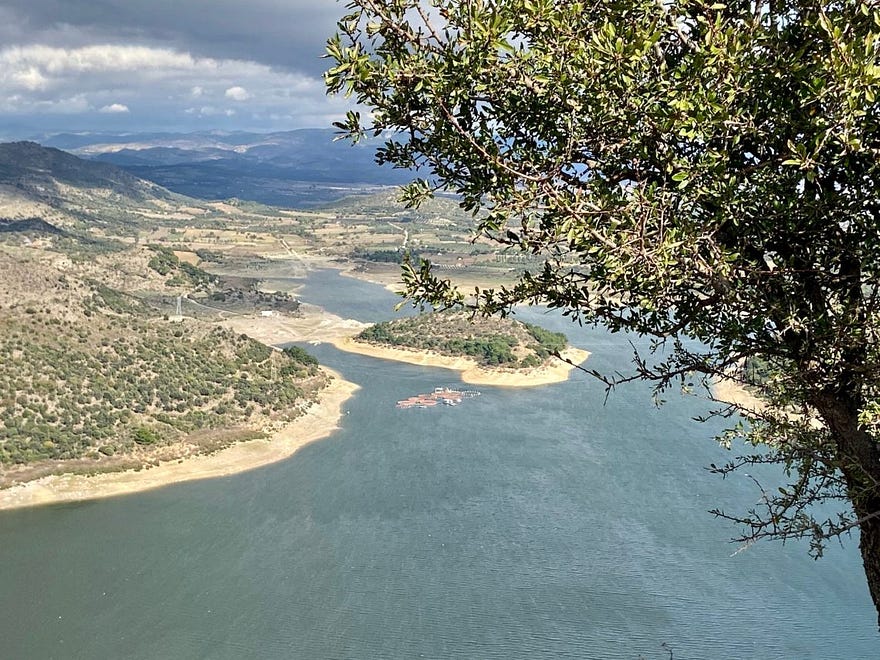We were not prepared for the cultural shock when we got to Cairo. It wouldn’t be so striking had we been to Egypt first. But we visited Turkey before and that raised our expectations. If Turkey was clean, well-organized and hospitable; Egypt is filthy, chaotic and over-populated.
Cairo’s twenty-five million inhabitants are said to “simultaneously crushing the city’s infrastructure under their collective weight and lifting its spirits up with their exceptional charm and humor.”
We got picked up at the airport by the representatives of our tour company even before the immigration check. One of them had a bundle of visa stickers with him. It was the first time ever I had seen anyone other than an official issuing visa.
We were packed in a bus where our Egyptian guide welcomed us. He is a well-educated man (a qualified Egyptologist) in his late thirties who has a vast knowledge about Egyptian history and temples, as we found out later.
After a night’s rest at the hotel, the next morning, our guide took us straight to the pyramids of Giza. Constructed more than four thousand years ago, the three giant structures were visible from everywhere in Cairo. The largest pyramid, called the Great Pyramid is 146 meters high and was constructed in 2570 BC for the Pharaoh Khufu’s of the 4th dynasty.
The second pyramid is of son Khafre and seems larger than that of his father’s because it is on a higher plinth. Its peak is still capped with original polishes limestone casting.
The third pyramid is of Pharaoh Menkaure and is the smallest of the trio (62m). It is said that back in the day they were covered by gold and were visible from miles.

I, however, was not impressed with them. Mainly because they didn’t look as high as they show them in photos. Also in photos, the color of the stone is white, with most of the casting gone, the earthly colored stone doesn’t stand out in front of the sand background.
Seeing the pyramids up close was a challenge, too. There were too much dirt and too many people. Yet we did manage to climb up to the entrance of the Great Pyramid and take some pictures. To my disappointment, they were not very clear due to mist (and pollution) which cleared up a bit with time but didn’t completely go away.

Next to the pyramids, in the same complex, is the Sphinx. The Sphinx is a structure that usually has the head of a man and the body of an animal. This one is the biggest Sphinx ever build in Egypt and has the head of the king Khafre (of the second pyramid) and body of a lion and it stands to guard the pyramid complex. When it was built, it was right on the banks of the Nile and had two temples on the sides to greet visitors.


After spending the morning there, taking pictures touching the tip of the pyramids and doing camel rides we drove for an hour to the ruins of 5000 thousand years old city of Memphis which was the seat of power for the most the Pharaonic period.
Now the only evidence of Memphis’ glory is a colossal red granite statue of Ramses II which was found face down at the exact location where it is now turned on its back.

The drive was an eye-opener. There were piles of rubbish everywhere. Most of the buildings were covered in dirt and were unfinished. Apparently, Egyptian people do not finish their houses ( which are usually multi-story as they keep on adding new floors for the next generation) to save taxes. The cars were mostly old and covered in dirt, waterways had rubbish floating in them.
Not far from Memphis is a 7km stretch of the desert known as Saqqara were we able to inside the pyramid of Pharaoh Teti (sixth dynasty). The entrance shaft was just one meter high and about ten meters long leading to the burial chamber, which was empty. The mummy was long gone, looted by the grave robbers. The chamber had hieroglyphics carved on the walls and the stars on the roof.
Did I get an eerie feeling while there?
There was hardly any time to feel anything, other than being amazed at the architecture and skills of humans five thousand years ago.
Photography was not allowed inside Teti’s tomb but in the next tomb, which was his priest’s tomb we were able to take several photos of relics in original colors.

The next day we visited Muhammad Ali Pasha’s mosque who gave an obelisk from the Luxor Temple to French king Louis Phillipein exchange for a mechanical clock that didn’t work. It was still there mounted on one of the terraces of the mosque. Completed in 1900, the mosque has much better architecture and carving but is in terrible condition. The stone has eroded, at many places the whole alabaster plaques were missing.

From there we drove to central Cairo which was much cleaner and had better buildings. Egyptian Museum is near Midan Tahrir, where millions of Egyptian oust their president Hosni Mubarak in 2011.
On the way, we drove past the City of Dead where people are living in old tombs. Unable to afford houses, they are using these well-constructed structures like houses. These have been evacuated now but we could still see some with satellite dishes.

Museum was something where you could spend hours. It was full of scrophages, statues, mummies, and treasures discovered from excavations all around Egypt. They have 150 thousand articles and not enough space. A new museum is near completion which will house the most of the collection.
We concentrated on a few key exhibits, one being the boy king Tutumkhamn. He became the king at the age of nine and died at the age of nineteen. The discovery of his tomb was significant because his was the only tomb of a pharaoh that was found intact. His inner cask is made of 110 kilograms of pure gold.

We also saw mummies of Yuya and Thuya whose skin, hair and nails were still intact.
The last stop of the day was Khan el-Khalili market which is the largest market I have ever seen anywhere. Being a Friday the crowds were phenomenal. We had great coffee and Egyptian pizza and bread and had an early night for a six o’clock start to Luxor the next day.





































